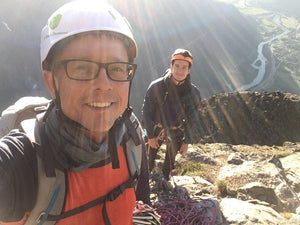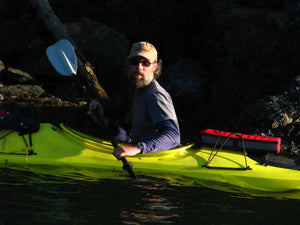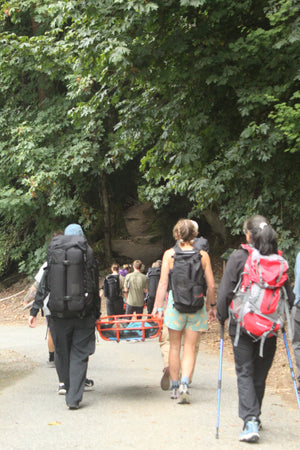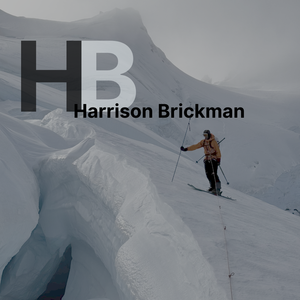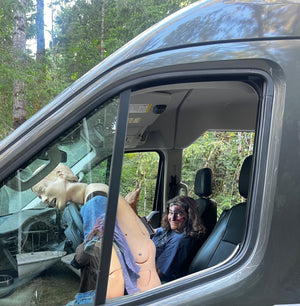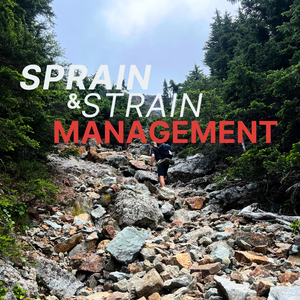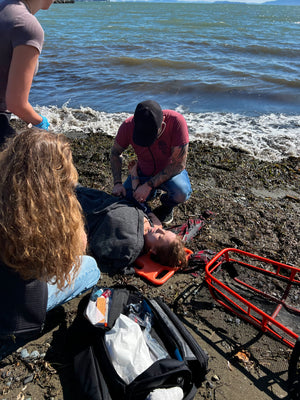Why Are Proven Water Crossing Protocols Essential?
Oct 09, 2025
Current Crossing Protocols: Essential Safety Strategies for Rising Water Risks in Backcountry Environments
For any backcountry traveler, encountering a river can be one of the most memorable parts of a trip. The sound of moving water is the sound of the wilderness itself. But a river crossing is also a unique challenge that requires more than just physical strength; it requires a specific skillset, careful observation, and a healthy respect for the power of nature.
Successfully navigating water is a cornerstone of backcountry competence. It’s a skill that empowers you to travel more safely and confidently. While a significant number of backcountry incidents are water-related (NOLS, 2023), the good news is that most of these are preventable with the right knowledge and a patient approach.
This guide is designed to provide a clear framework for making smart decisions around water, helping you build the awareness needed to protect yourself and your group.
The Crossing Begins Before the Trailhead
The best strategy for any river crossing starts with good planning. Building a margin of safety begins at home, long before you reach the water's edge.
Understand the Daily Rhythm: Rivers, especially those fed by snowmelt, have a daily pulse. Water levels are typically lowest in the early morning after the chill of night has slowed the melt. They rise throughout the day, peaking in the late afternoon. A smart itinerary accounts for this, planning to arrive at major crossings early in the day. Always be aware of recent weather patterns—a heavy rainstorm miles upstream can significantly increase water volume hours later.
Gather Your Intel: Modern tools have made it easier than ever to understand the terrain ahead. Use topographic maps to identify where a river might spread out into shallower, braided channels (often safer) versus where it might be constricted in a narrow canyon (more powerful). Use satellite imagery from apps like Gaia GPS or Google Earth to get a visual preview. Finally, check recent trip reports from other travelers online for the most current conditions.
Reading the River: A Framework for Your Go/No-Go Decision
When you arrive at the crossing, the most important thing you can do is slow down. This is not a moment to be rushed. Take off your pack, have some water, and spend at least 15 minutes observing. This patient assessment is the key to a safe decision.
Here are a few critical factors to evaluate:
Speed and Power: How fast is the current? A simple way to gauge this is to toss a stick into the water and walk along the bank at a normal pace. If the stick is moving faster than you can comfortably walk, the force of the water is significant.
Depth and Stability: A widely accepted guideline for safety is to avoid crossing in water that is deeper than your mid-thigh. Once water gets above the knee, the force exerted on your body increases exponentially, making it difficult to maintain your balance. Consider the riverbed as well. Is it a smooth, gravel bottom or a bed of large, unstable rocks?
The "What If" Scenario: Before stepping in, evaluate the consequences of a fall. Look downstream. Does the river flow into a calm, wide pool with an easy exit? Or does it flow towards hazards like a logjam (a "strainer"), a waterfall, or a steep-walled canyon? The potential outcome of a fall is a critical part of your decision. If the consequences are severe, the crossing is not worth the risk.
Strategies for a Confident Crossing and Responding to Challenges
If your assessment leads to a "go" decision, use established techniques to cross with confidence.
Prepare Your Gear: Always unbuckle the hip belt and sternum strap of your backpack. This allows you to shed it quickly if you fall. Wear sturdy footwear for traction and protection. Trekking poles are an invaluable tool, creating a stable, three-point stance as you move.
Use Proper Technique: Face upstream, leaning into the current, and use your poles to feel out the riverbed in front of you. Move slowly and deliberately, taking shuffling steps in a slight downstream diagonal. When in a group, the strongest person can cross first to establish the safest path while others spot from shore, ready with a throw rope if needed.
If a situation becomes challenging, for example, if you slip or lose your footing, the key is to avoid panic and react correctly.
Avoid Standing Up: Do not try to stand up in swift-moving water. This can lead to foot entrapment, where a foot becomes wedged between rocks while the current pushes your body downstream.
Assume a Defensive Position: If you fall, immediately roll onto your back with your feet pointed downstream. Keep your feet up near the surface to fend off rocks and use your arms like a rudder to steer yourself toward shore.
Release Your Pack if Necessary: If your pack is weighing you down or preventing you from moving effectively, release it. Your personal safety is always the top priority.
Traveling in the backcountry is about making informed choices. Understanding and respecting water is a skill that grows with experience. There is no shame in deciding that a crossing is not safe and turning back, resorting to a Plan B.
References
Leemon, D., & Schimelpfenig, T. (2017). NOLS Wilderness Medicine (6th ed.). NOLS.
National Outdoor Leadership School (NOLS). (2023). NOLS incident data review. NOLS.
Tremper, B. (2018). Staying Alive in Avalanche Terrain (3rd ed.). The Mountaineers Books.
